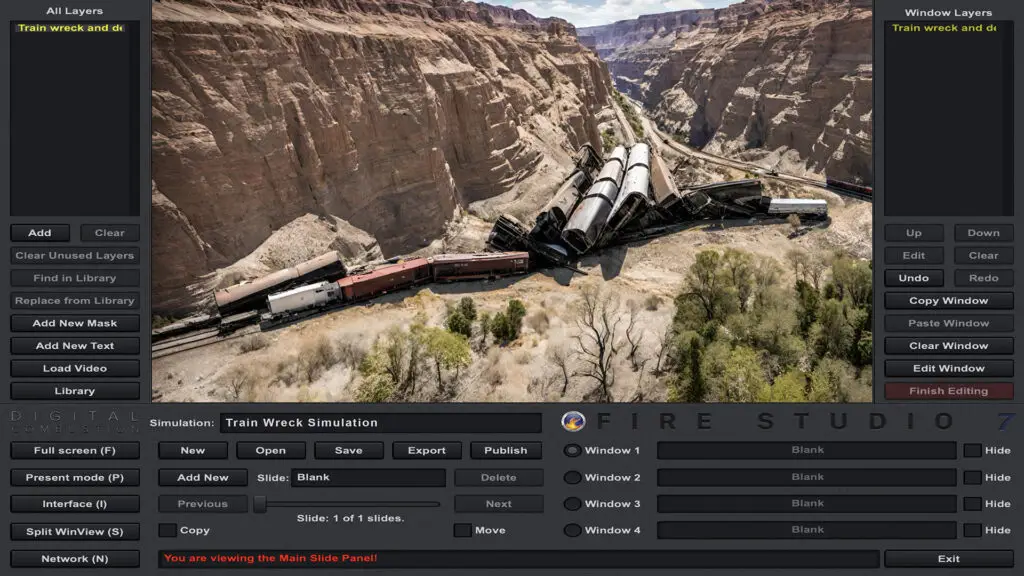Your Simulator Program Begins!
If you are reading this, there’s a good chance your department has embraced fire simulator training with a sense of enthusiasm and purpose, which is commendable. You’ve purchased Fire Studio and have started to build simulations. You’ve got this grand plan to involve everyone in simulation drills, enhance fire ground communication skills, improve decision-making abilities and ensure consistency in operational terminology and smoke reading. It all sounds great, right? Unfortunately, things don’t always go according to plan, and your once promising training program can quickly flounder. Let’s look at how it can go wrong and how you can prevent that.
Expectations versus Reality
With your goals in place, you launch into devising your first simulation and coordinating a training schedule. The simulation you’ve created? It’s challenging. It calls for a deep understanding of fire behavior and tactical proficiency. You’ve structured the class to place one individual at the helm – in the “hotseat,” so to speak.
The Unexpected Setbacks
But then the drill starts. Your first volunteer is nervous, sweating bullets in the front of the room. Right from the onset, they make several errors, blunders that their peers witness. Embarrassment seeps in, turning a learning opportunity into a cringe-worthy moment. Rather than garnering valuable knowledge, that individual leaves feeling dejected.
The Fallout of That First Drill
And what’s the aftermath? The next time a simulation drill is scheduled, that first volunteer is nowhere to be found. Worse, their experience serves as a cautionary tale that discourages others from participating. With just one negative episode, your simulator training program gains an unfavorable reputation.
Charting a New Course: Protecting Your Training Program
Now let’s pivot and discuss how you can avoid putting your training program on life support. The understanding that getting it right isn’t about making it complex and intimidating right from the start can be a gamechanger.
Start Small
Yes, the desire to make a big splash with a challenging first drill might be strong, but consider this – starting small may yield greater long-term results. Choose a simple drill that doesn’t single out any person. This approach can foster a supportive team environment where mistakes are acknowledged as part of the learning process.
Maintaining an Informal Atmosphere
Next, try to have a casual discussion about the drill with your team. This gives everyone the opportunity to voice their thoughts and ask questions—making the process collaborative rather than intimidating.
The Power of Positive Feedback
A positive approach to coaching goes a long way. Use every drill as a moment to highlight what has been done well and also to make suggestions. This isn’t the time to make fun of someone’s mistakes but rather an opportunity to guide, inspire, and uplift.
Remember, the objective of your fire simulator training program is to foster growth and preparedness, not to create fear or embarrassment. It should be a journey of learning that everyone in the department is inspired to undertake.
In the end, effective communication, encouragement, and helping your team see simulations as instrumental in their development will save your new fire simulator training program before it even starts. The outcome? A positive and engaging learning environment where everyone flourishes. So, let’s start, shall we?

